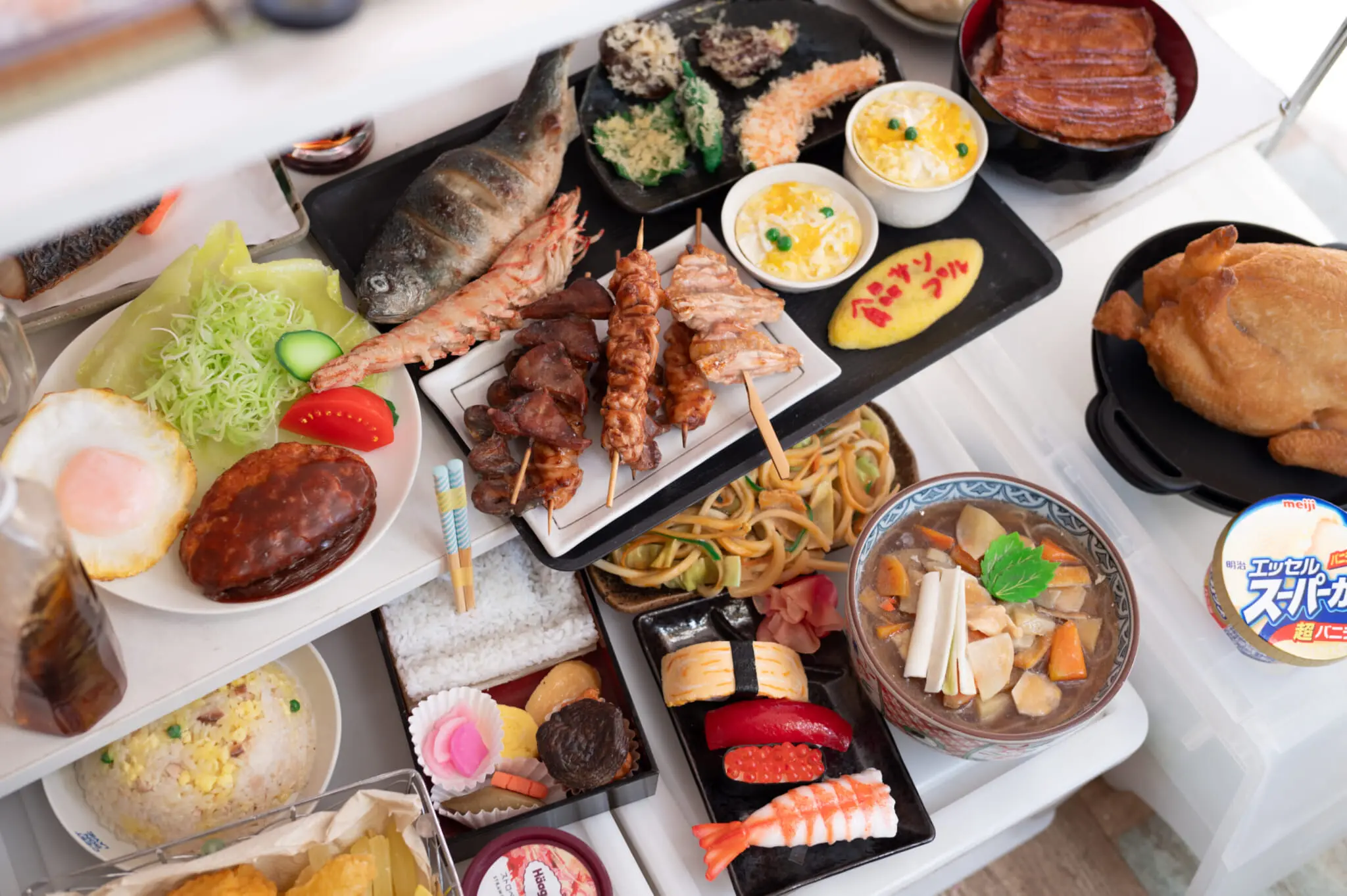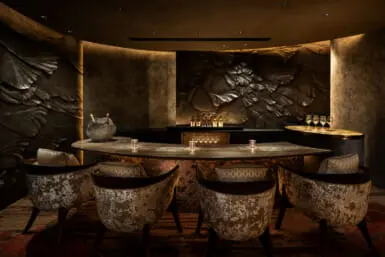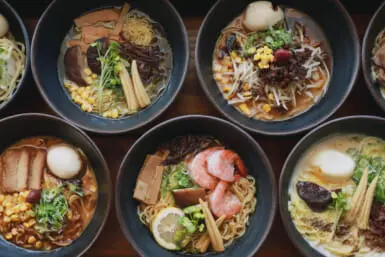If you’ve explored Japan at all, chances are you’ve seen food samples lavishly adorning restaurant entrances. The incredibly realistic, mouth-watering preview of the delicacies that await within do an excellent job of enticing customers into the restaurant while providing an accurate idea of what they can expect. Japanese food samples have garnered worldwide attention recently due to their incredible craftsmanship and how uniquely bizarre they are. We at Tokyo Weekender went to Yamato Samples in Toshima city to find out the ins and outs of Japan’s fascinating food samples.
It All Started in Gifu
If you happen to be a food sample fanatic, you might already know that food samples originated in Gifu Prefecture. Not even the metropolitan area of Gifu either, but Gujo Hachiman, a small, off-the-beaten-path type of town. It’s known for the Gujo Hachiman Castle, UNESCO Intangible Heritage of the Gujo Odori dance and, of course, food samples. Over half of Japan’s food samples are made in Gujo city to this day.
It’s quite surprising that food samples, which seem really urban, originated in the countryside. The story goes that, back in the day, a restaurant in Gujo Hachiman started serving the Western-influenced omurice, but no one had any clue what it was. A man named Takizo Iwasaki commercialized food samples for the first time in 1931 by creating a realistic replica of the popular omelet-rice dish. He went on to establish factories in both Osaka and Gifu. Gradually, through family ties and communities, the craft of food samples spread and ateliers were established across Osaka, Nagoya, Kyushu and Tokyo.
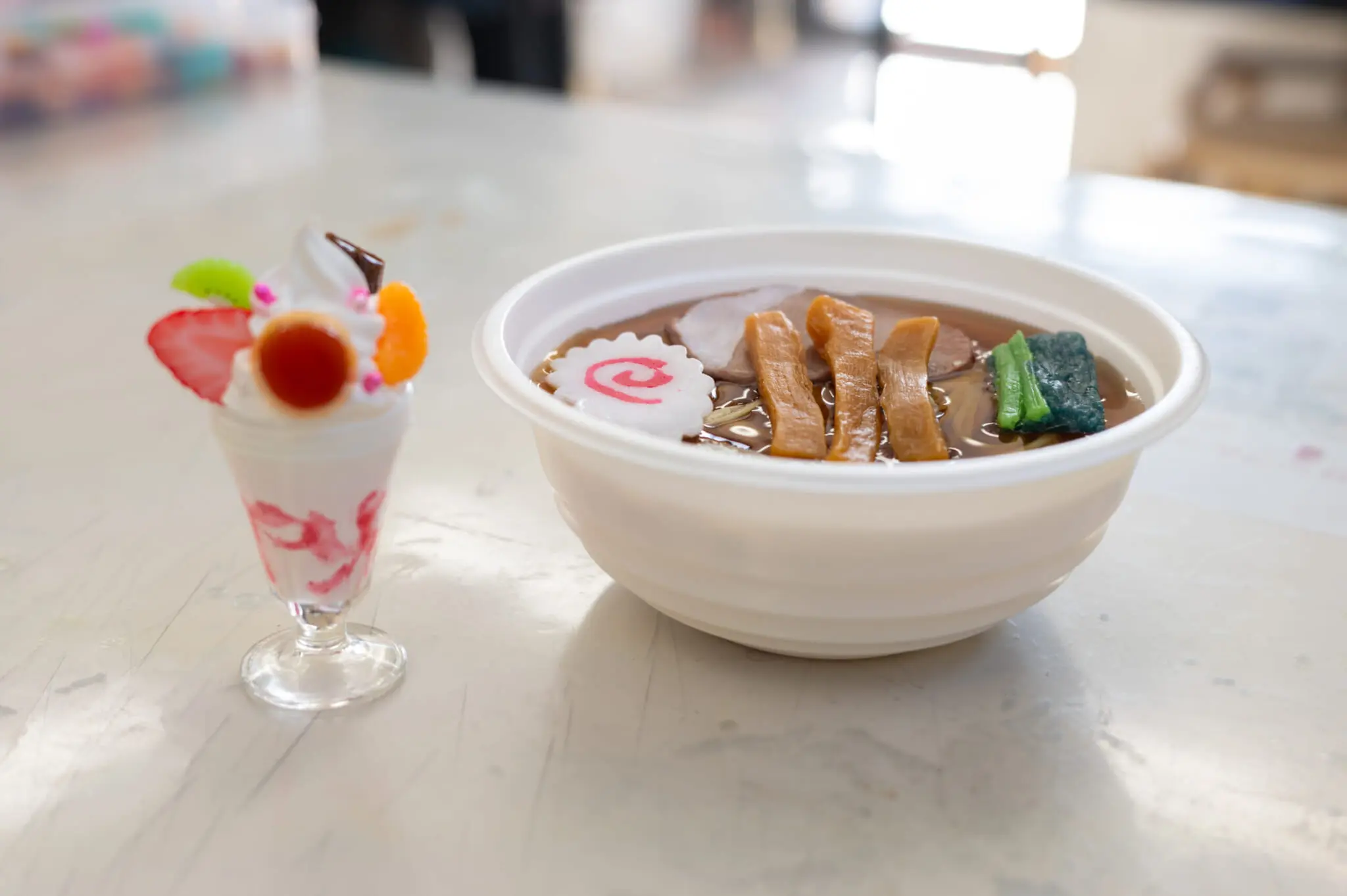
Wax In, Wax Out
The original food samples were made with wax. Malleable and easily sourced, wax worked well for food samples, but there was one downside: the fact that wax had a low melting point. Melting at around 65 degrees Celsius, food samples ran the risk of melting if placed in a glass casing on a sunny day. The use of wax for commercial food samples drastically decreased due to this major Achilles heel.
Nowadays, most food samples seen at restaurants are made from plastic — specifically polyvinyl chloride (PVC) – as well as other materials like silicon and gelatin. These materials rely on machines more than wax, which is manipulated manually. If you attend a food sample making workshop, however, wax is still used due to its hands-on nature and the fact that it allows you to get a little creative with shaping your own fake food.
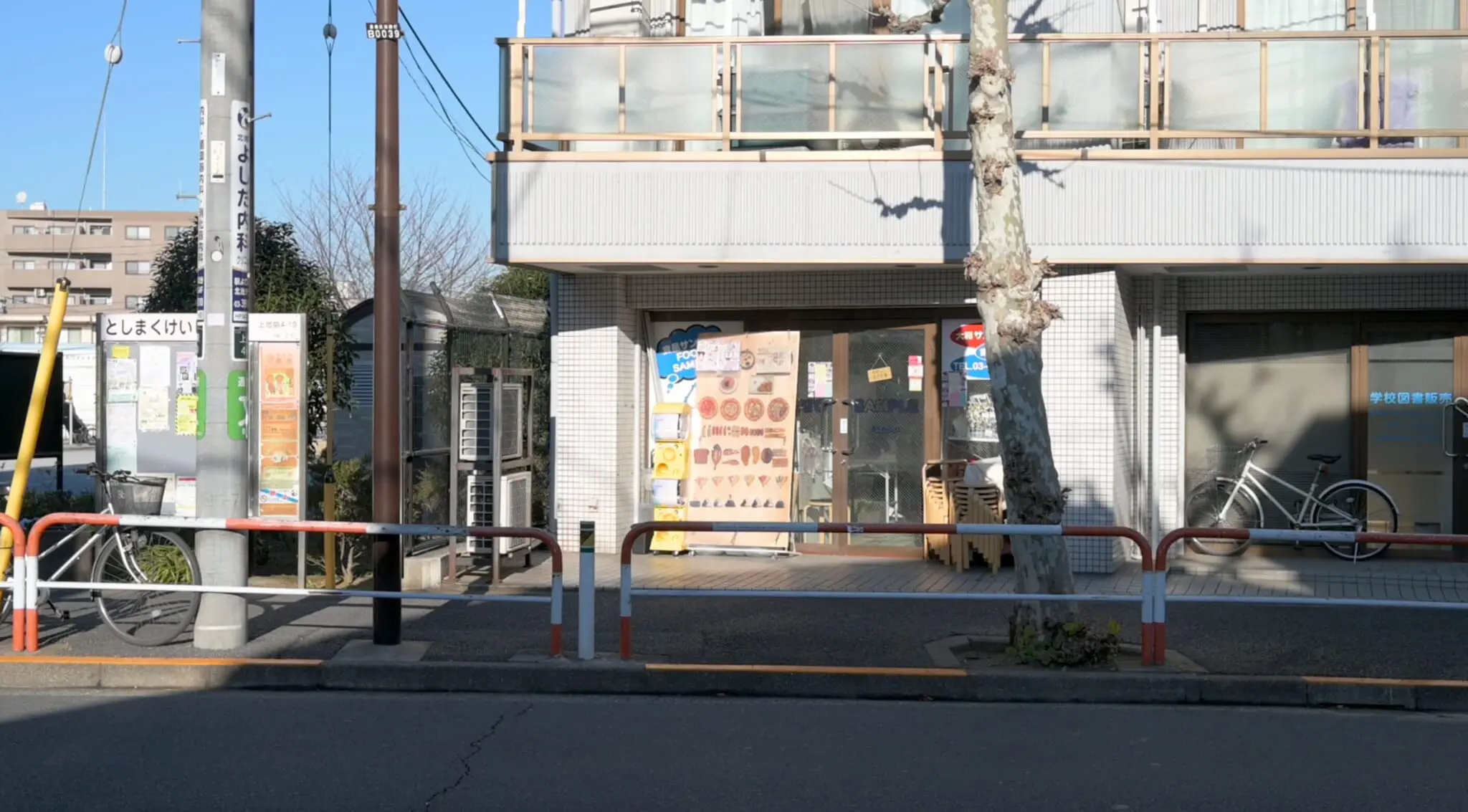
A Passed-Down Craft of Food Sample Skills
One such food sample factory where you can try your own hand at making food samples is Yamato Sample in the Kami Ikebukuro area. A small factory in suburban Toshima, you could easily miss it if you weren’t looking for it, despite its array of sun-washed food samples on display. Bringing the craft skills of Gujo Hachiman to Tokyo, it was established in 1952 and has been passed down through generations as a family business.
The Ito family who started Yamato Sample still work there, including the founder’s grandson, Ryo. There were originally three Yamato Sample factories, but the first one has since closed, and the third is now operating as a food sample making atelier. At this point, the workshop is larger than the second factory, where commercial samples that are sent to restaurants are made.
Yamato Sample keeps the second factory closed to guests and media. Only people connected to the business are allowed to enter to keep their methods within the company. Displayed in ornate cases, food samples could be perceived to be mass-produced, but in fact they are often painstakingly made by food sample artisans.
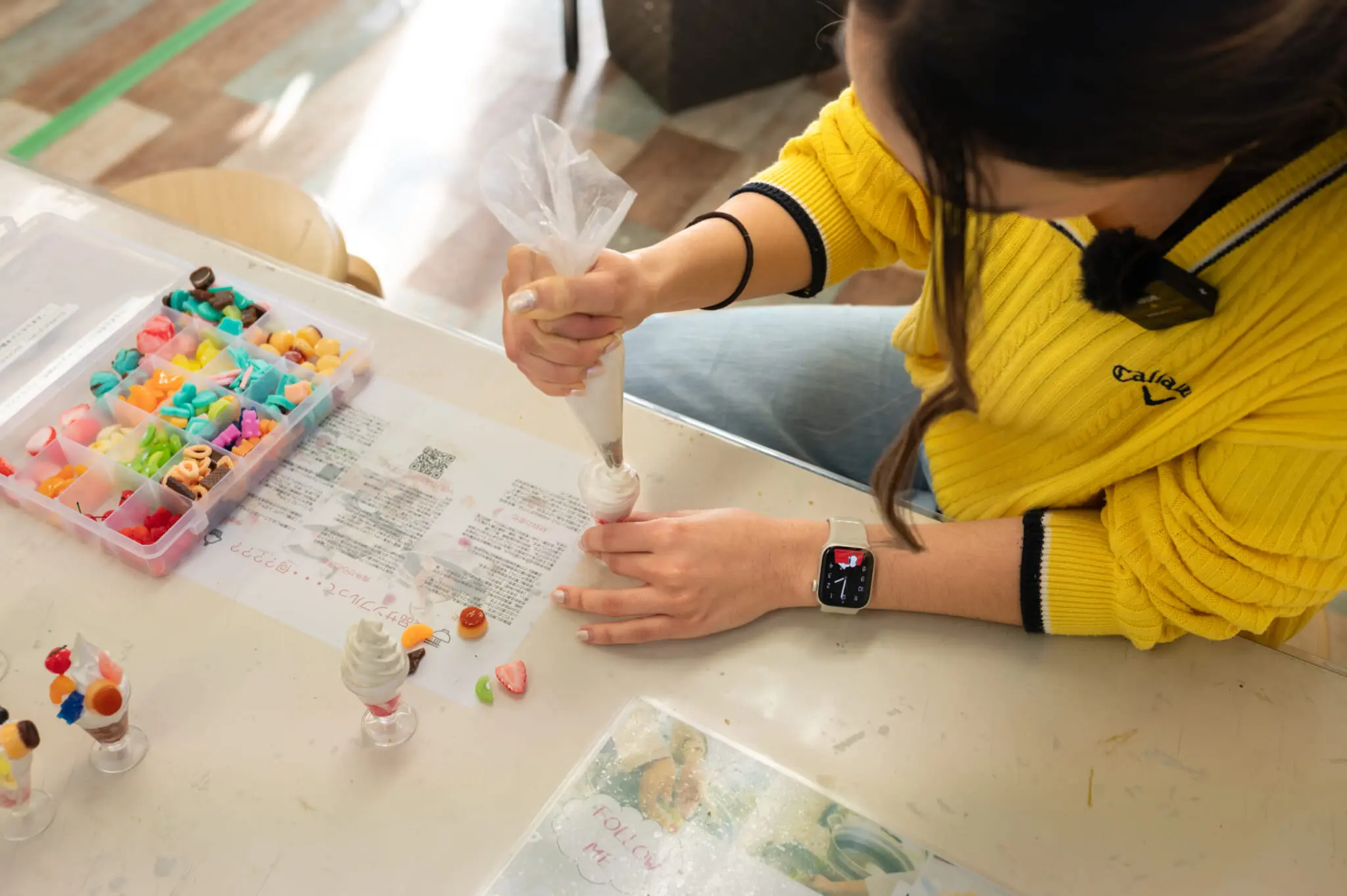
Sample Making
Visiting Yamato Sample myself, I made ramen and a mini parfait. Most of the ramen’s components were made of wax, except the green onions, which were made of PVC, and the soup, which was made of gelatin. Because wax is malleable, the noodles and toppings are placed in warm water to manipulate them, which feels weirdly similar to the act of cooking real ramen.
The noodles are then laid out flat in a circular pattern on a plate placed inside the bowl — food samples generally come on a plate base, so that if the container it comes in were to break, the sample can simply be popped out and placed in a new bowl. Then, I slowly poured the gelatin over the noodles before arranging the toppings. Working as a sort of glue, all I had to do after that was wait for the gelatin to solidify with the help of a fridge.
The parfait required a little more technique and that was where my baking experience truly came in handy. After filling the cup with a silicon “cream,” I filled in the gaps I missed with a long wooden pick. Ryo removed the excess silicon with a swift flick and cleaned any edges for me.
I chose the pre-made toppings I wanted to put on my parfait (the hand-painted strawberry and tangerine slice were a must), and practically didn’t breathe as I piped the silicon on top. After piping, the surface of the cream solidifies in five minutes, so you have to act fast to lay out your decorations. The silicon takes a full day to fully set, but after those initial heart-racing minutes, the cream mostly won’t budge unless you poke or drop it.
Even though I can say I’ve made food samples firsthand, it’s a far cry from knowing the ins and outs of food sample production. After all, I didn’t make any of the toppings in the ramen or parfait. That would simply take too much time, and some of the production methods are probably top-secret.
It’s clear that I’ve only just scratched the surface of the rich history and methodology of food samples, and why this culture is so popular among foreigners. But now, whenever I pass by a restaurant with delectable-looking samples greeting guests, I take an extra moment to appreciate all its details and technical finesse and know that it’s made from PVC.

